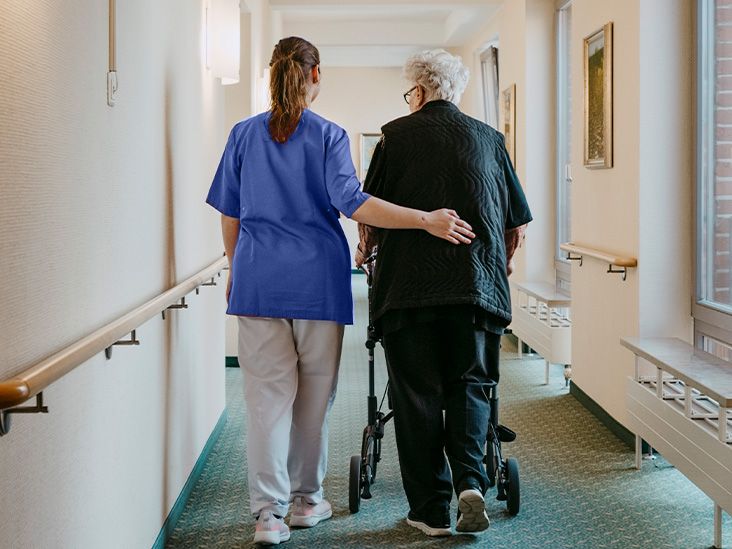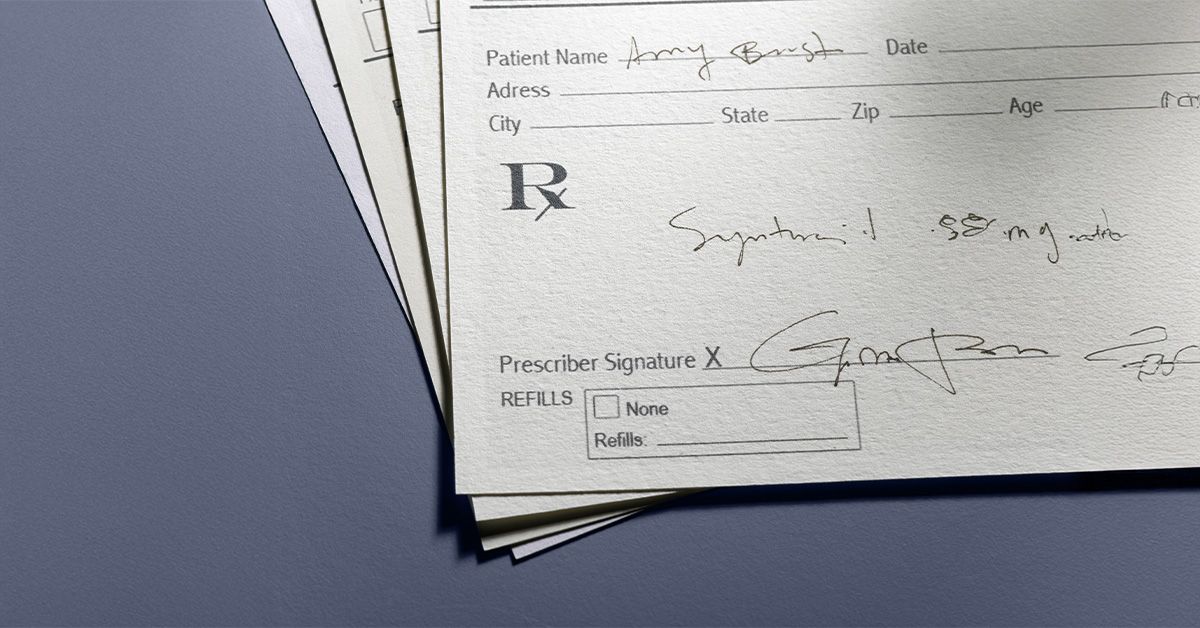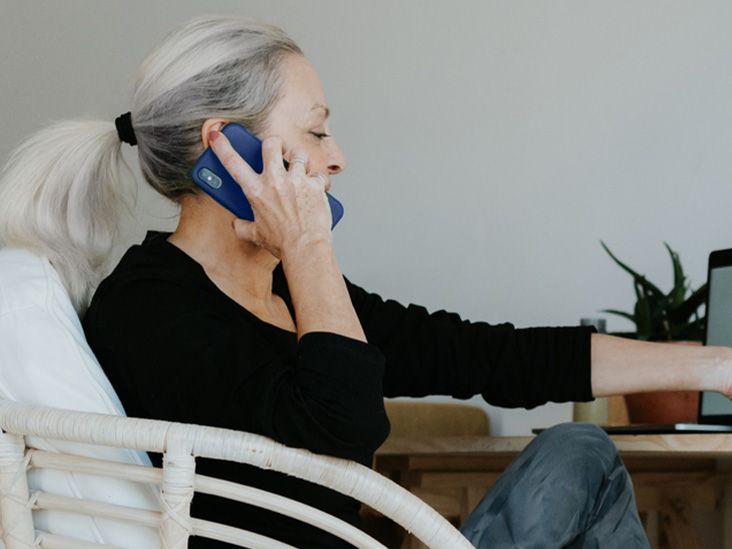Let's be honest choosing a nursing home is one of the most emotionally charged decisions you'll ever make. It's not just about finding a place with good reviews; it's about finding a home where your loved one can feel safe, respected, and cared for like family.
That's why those nursing home ratings matter so much. Medicare's five-star system gives you a clear snapshot of quality, staffing, and safety. But here's what I've learned after helping hundreds of families navigate this process: a five-star facility across town might not feel right, while a three-star home down the street could be perfect.
Ratings are a starting point a valuable tool in your decision-making toolkit. But they don't capture everything. They can't measure the warmth in a caregiver's smile or whether someone remembers your grandmother's favorite song.
So how do you use these ratings wisely? Let's break it down together.
Understanding the Basics
Medicare's five-star quality rating system is your main resource for comparing nursing homes. It's updated monthly and evaluates three key areas:
- Health inspections
- Staffing levels
- Quality measures (resident outcomes)
Your starting point should be Medicare's Care Compare tool it's free, official, and constantly updated. But don't stop there. Check out state-specific report cards too, like Minnesota's Nursing Home Report Card.
The Three Pillars Explained
Health Inspections: The Safety Check
Think of health inspections as unannounced spot checks by state surveyors. They're looking for safety issues, infection control, proper medication handling, and whether residents are being treated with dignity.
These scores can swing dramatically based on timing. A facility might get dinged for a minor violation during one inspection, then score perfectly the next month. That's why it's important to look at trends, not just the most recent score.
Staffing: Who's Actually There?
This is where things get interesting. The staffing rating looks at how many hours of care each resident receives daily from registered nurses (RNs), licensed practical nurses (LPNs), and certified nursing assistants (CNAs).
Here's what surprised me when I first started looking at these numbers: weekend staffing. Many facilities have significantly fewer staff on weekends, which can be crucial if your loved one has complex medical needs. I've seen facilities with excellent weekday ratings but gaps that became problematic when emergencies arose on Saturday mornings.
Quality Measures: Real Results
This section tracks actual outcomes are residents developing pressure sores? Are they able to maintain mobility? Are medications being used appropriately, especially for dementia patients?
| Measure | What It Really Tells You | Why It Matters |
|---|---|---|
| High risk of depression | Is the person emotionally supported? | Mental health is part of care |
| Antipsychotic use | Are drugs used to sedate instead of treat? | Could indicate poor dementia care |
| Urinary tract infections | Is hygiene and monitoring consistent? | Sign of understaffing or neglect |
| Mobility improvement | Can they walk or move better after rehab? | Vital for recovery and independence |
What Stars Don't Show
Here's where I need to level with you. I once visited a four-star facility that felt more like a hospital than a home. Bright fluorescent lights, TVs blaring, staff rushing from room to room. Technically excellent care, but it felt cold.
Contrast that with a three-star home I visited where every room had plants and family photos. The staff knew residents by name, and you could feel the genuine care in the air. Same rating system, completely different vibe.
Ratings can't capture:
- The culture and warmth of the staff
- How well families are welcomed and included
- Whether residents seem happy and engaged
- Smells, sounds, and overall atmosphere
- Specialized programs for specific conditions
Smart Comparison Strategies
Let me share a strategy that's worked for many families I've helped:
- Start with the numbers Pull up the Care Compare tool and get your baseline data
- Look beyond the overall rating Check each of the three pillars separately
- Spot red flags Look for consistently low scores in any category
- Consider geography A stellar home two hours away isn't necessarily better than a good one nearby
- Visit during different times Morning rush looks different than evening wind-down
I remember helping a family compare two homes for their father who needed short-term rehabilitation after surgery. One was a five-star facility known for excellent medical care but located far from family. The other was a four-star home just ten minutes from their house.
The deciding factor? The closer facility had a dedicated rehabilitation team that worked weekends, while the five-star place only offered therapy Monday through Friday. Guess which one helped their father recover faster and go home sooner?
Problem Facilities: What to Avoid
Some facilities consistently underperform and earn special attention from Medicare. These include:
- Special Focus Facilities (SFFs) Chronic poor performers under increased scrutiny
- SFF Candidates Facilities showing concerning patterns
- One-star overall ratings Generally best to avoid unless they're in documented improvement programs
According to recent data from NursingHome411, about 25% of nursing homes nationally fall into these categories. Louisiana leads the country with over 42% of its facilities labeled as "problem" homes.
Beyond Medicare: Additional Resources
While Medicare's tool is invaluable, don't overlook other rating systems. U.S. News Best Nursing Homes combines Medicare data with additional analysis and benchmarks. They even distinguish between best for short-term rehabilitation versus long-term care, which can be crucial depending on your needs.
And yes, even review sites like Google and Yelp can provide insights just read critically. Look for specific examples rather than general complaints, and watch out for reviews that seem too perfect or oddly similar.
Making It Personal
Here's the approach I always recommend to families:
First, trust the data but verify with your eyes. The numbers give you a foundation, but your personal observations are equally important.
Ask the right questions when you visit:
- Can family members visit anytime, or are there strict hours?
- Do staff members introduce themselves by name?
- Are residents engaged in activities or just parked in front of the TV?
- How does the facility handle complaints or concerns?
- What's the turnover rate like for staff?
Pay attention to the little things:
- Are residents clean and comfortable?
- Do rooms smell fresh or musty?
- Is the food appetizing and appropriately textured?
- Are there signs of life laughter, conversation, activity?
I'll never forget visiting a facility where I noticed that every resident's call bell was answered within seconds. When I asked about their response time, the administrator proudly explained they had a policy of checking on residents every 15 minutes proactively. That's the kind of detail ratings can't capture but speaks volumes about care philosophy.
Special Considerations
Not all care needs are the same. If you're looking at short-term rehabilitation, focus heavily on therapy staffing and discharge planning. For long-term dementia care, ask about non-medication approaches to managing behaviors and the variety of daily activities offered.
Financial considerations matter too. Some excellent homes don't accept Medicaid, which could limit your options if you need that assistance. It's a conversation worth having early in your search.
The Bottom Line
Nursing home ratings are powerful tools that give you insight into what you can't see during a brief visit. They've brought much-needed transparency to an industry that desperately needed it. But like any tool, they work best when you understand both their strengths and limitations.
Use Medicare's data as your foundation. Cross-reference with other sources. But most importantly, trust your instincts. The right home should feel right not just look good on paper.
Your loved one deserves care that treats them as a whole person, not just a collection of medical conditions. The star rating system helps you find facilities capable of that care, but your heart helps you find the place where it actually happens.
Take your time with this decision. It's okay to visit multiple facilities. It's okay to ask the same questions at each place. This is too important to rush.
And remember even after you've made your choice, keep advocating. Stay involved. Your presence and attention are some of the best safeguards for quality care.
The perfect nursing home isn't necessarily the one with five stars. It's the one where your loved one feels known, safe, and cared for not just medically, but as a human being.
FAQs
What do nursing home ratings mean?
Nursing home ratings are scores based on health inspections, staffing levels, and quality measures. They help families quickly assess care quality and safety using a five-star system from Medicare.
How often are nursing home ratings updated?
Medicare updates nursing home ratings monthly. However, some data like staffing levels may reflect a quarter’s worth of information.
Can a nursing home with fewer stars be better?
Yes, a lower-star facility might offer a warmer environment, better location, or more personalized care. Ratings don't capture everything, so personal visits are essential.
What should I look for during a nursing home visit?
Look for cleanliness, staff responsiveness, resident engagement, atmosphere, and how residents are treated. Ask about family involvement and daily routines.
Are there alternatives to Medicare’s nursing home ratings?
Yes, resources like U.S. News rankings, state report cards, and user reviews on sites like Google and Yelp can also provide valuable insights when evaluating nursing homes.
Disclaimer: This article is for informational purposes only and does not constitute medical advice. Always consult with a healthcare professional before starting any new treatment regimen.
Related Coverage
Medicare for caregivers can help with skilled care, equipment, and training. Find out what's covered and how to get support without surprise bills....
Taking over a loved one's finances is challenging. Learn how to manage financial caregiving responsibly and avoid common pitfalls....
Research provides insights into changes in mind and body as death nears, including deterioration of senses and changes in breathing patterns. Theories on an afterlife consciousness are also explored....
Find the best Alaska Medicare plans for 2025. Compare Part D, Medigap, and Original Medicare options tailored to your needs....
Knowing the red flags like isolation, mood swings, controlling behavior and fear in toxic relationships can empower you to regain your self-worth and walk away....
Use nursing home ratings to find quality care. Learn how to interpret star ratings, compare facilities, and choose the best option for your loved one....
Medicare drug costs in 2025 are changing with a $2,000 out-of-pocket cap. See how much you’ll pay and how to save on prescriptions....
Learn how the Scope of Appointment in Medicare protects your choices and ensures transparent plan discussions with agents....
Aging brings gradual physical and cellular changes starting in youth and accelerating in midlife. But lifestyle choices impact quality of life and longevity....
Learn if you qualify for Medicare with a green card. Understand work history, residency rules, and how to enroll in Medicare as a permanent resident....








